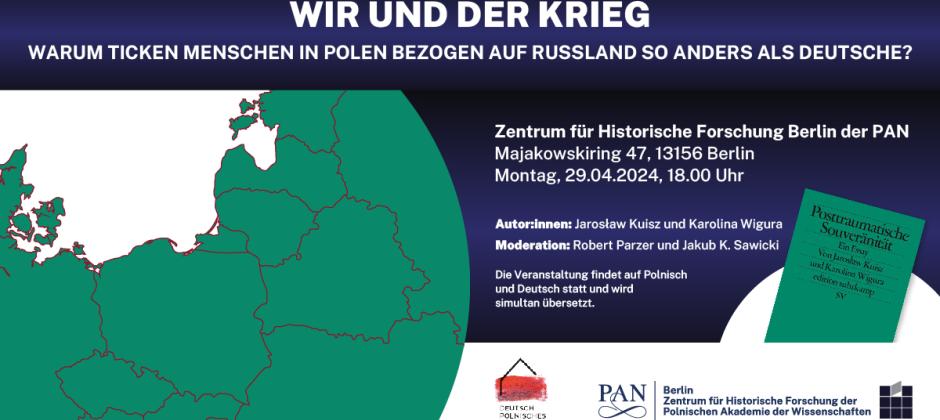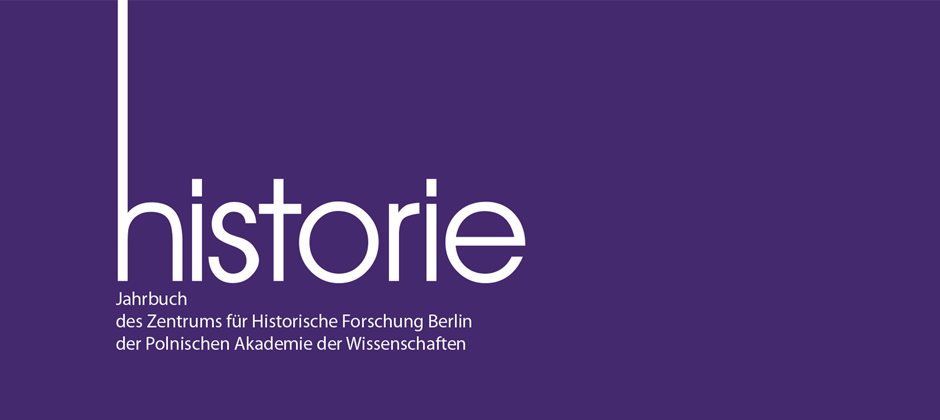Workshop: Rescue of Jews during the Holocaust in European Memory (closed event)
Place: Berlin
Venue: Center for Historical Research Berlin of the Polish Academy of Science
Organizers: Dr. Zofia Wóycicka (Centre for Historical Research Berlin of the Polish Academy of Science), Dr. Raphael Utz (Imre Kertész Kolleg Jena), Barbara Schieb (German Resistance Memorial Center)
Dates: June 27th-29th, 2018
Authored by: Zofia Wóycicka
In the last decades, the Holocaust has become the center of attention within the European memory of World War II. At the core are the Jewish victims, the German perpetrators and their local henchmen. Recently however, the focus has broadened to include help delivered to the Holocaust victims by non-Jews. On European and international level an increasing emphasis is being put on commemorating people who saved Jews during World War II. The Stockholm Declaration adopted by the Task Force for International Cooperation on Holocaust Education, Remembrance and Research in the year 2000 has already stressed the importance of preserving the memory of those “who defied the Nazis, and sometimes gave their own lives to protect or rescue the Holocaust's victims”. In 2007, member-states of the Council of Europe signed a Solemn tribute to the “Righteous” of Europe. In 2012, the European Parliament established the European Day of the Righteous. Growing interest in the topic can also be traced on national level. During the last two decades a number of European states has introduced legal regulations, established holidays and organized official ceremonies honoring their Righteous. The process of commemorating people who saved Jews during World War II has also found expression in erecting museums and monuments dedicated to them all over Europe.
However, it is not only local, national and European policy makers that trigger the “fashion” for the topic, but also the media. An important public event, which largely shaped the remembrance of the Holocaust in Europe and the United States, was the release of Steven Spielberg’s famous film Schindler’s List (1993). The movie has been seen by tens of millions of people all over the globe and not only drew the public’s attention to the genocide of European Jews but also to the history of the people who helped them. Further films followed.
In their renowned essay Memory Unbound: The Holocaust and the Formation of Cosmopolitan Memory (2002), Daniel Levy and Natan Sznaider claim that the globalization and individualization process, the weakening of national identities, international mobility and the development of new media contribute to the emergence of a new “cosmopolitan memory”, not related to nations but “transcending ethnic and national boundaries” (Levy, Sznaider 2002). As the core example of such shared cosmopolitan memory the authors mention the genocide on the European Jews, the memories of which – as they claim – “have the potential to become the cultural foundation for global human rights politics.” However, as pointed out by Sharon Macdonald in her two recent books Difficult Heritage (2009) and Memorylands (2013), even if the Holocaust is being commemorated in different parts of Europe, in each country its remembrance has a different form and function. This is why she prefers to speak about a “glocalization” of memory, by which she means the “local reworking of global patterns” (Macdonald 2009). This observation seems to apply also to the memory and commemoration of the rescue of Jews.
The topic is not only of historical importance, but also of high relevance in the area of civic education. At the same time however, the Righteous can also be easily misused for political purposes. The emergence of the Holocaust as a common negative European point of reference was connected to the acknowledgement of the fact that not only the Germans but also other societies were implicated in different manner in the genocide. Talking about the Righteous seems a good way of inscribing oneself in the global trend of commemorating the Holocaust in a way, which does not harm the national self-esteem and helps to neutralize difficult debates on the past. In some European countries, as e.g. in Poland, but also in France or Switzerland the emergence of the memory of people who saved Jews can be seen as a direct response to growing debates on collaboration.
The workshop aims to gather international scholars of different disciplines – historians, historians of literature, art historians, social scientists, museum specialists and others – researching on the memory of Jewish rescue during World War II.
The papers could address the following questions:
- What are the national specifics and alterations of the way the Righteous are being commemorated in different countries of Europe and beyond?
- We would also like to ask about the evolution of the memory of Jewish rescue after World War II and the deeper-rooted cultural patterns, national and local “agents of memory” recur to, when shaping the contemporary discourse.
- What are the drives and implications of this international trend to commemorate people who rescued Jews during the war?
- Can this commemoration be seen as an expression of the emergence of a “cosmopolitan memory” and if so, can one trace the links between international, national and local “memory agents” promoting this topic?
- What are the potentials and risks of introducing this issue into public debate and education?
Contact
Zofia Wóycicka
Center for Historical Research Berlin of the Polish Academy of Science, Majakowskiring 47, 13156 Berlin
Tel. +49 30 486 285 40
zofia.woycicka@cbh.pan.pl



